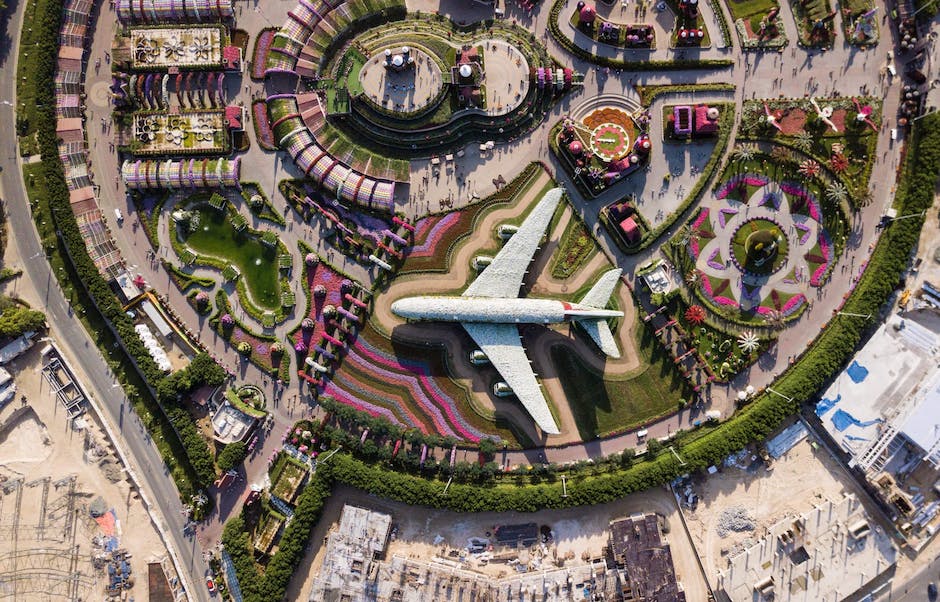Virtual Reality (VR) has significantly revolutionized the field of architecture and design, offering immersive experiences that allow architects, designers, and clients to visualize and interact with designs before they are physically realized. This technology has not only enhanced the design process by enabling the creation of more accurate and detailed models, but also improved communication and understanding of design concepts among stakeholders. The impact of VR on architecture and design extends to various aspects including project presentation, design development, and client engagement, marking a transformative shift in the industry.
Exploring the Revolutionary Impact of VR on Architecture and Design

Virtual Reality (VR) is no longer a futuristic concept. It’s here, and it’s revolutionizing various industries, including architecture and design. The immersive nature of VR technology is transforming the way architects and designers work, offering a new perspective and a more interactive approach to their craft.
Imagine being able to walk through a building before it’s even built, or rearranging the furniture in a room without lifting a finger. That’s the power of VR. It allows architects and designers to create, modify, and explore their designs in a three-dimensional space, providing a level of detail and realism that was previously unattainable.
Traditionally, architects and designers relied on two-dimensional drawings and small-scale models to visualize their designs. While these methods have their merits, they lack the ability to fully convey the spatial qualities of a design. VR, on the other hand, allows users to experience a design from the inside, giving them a true sense of scale, proportion, and relationship between spaces. This not only enhances the design process but also improves communication with clients, who can now see and experience a design in a way that a drawing or model could never achieve.
Moreover, VR is not just about visualization. It’s also a powerful design tool. With VR, architects and designers can manipulate their designs in real-time, experimenting with different layouts, materials, and lighting conditions. This allows for a more iterative and exploratory design process, where ideas can be tested and refined on the fly.
But perhaps one of the most exciting aspects of VR in architecture and design is its potential for collaboration. VR platforms can support multiple users at the same time, allowing architects, designers, and clients to meet in a virtual space and interact with the design together. This opens up new possibilities for co-design and participatory design processes, where all stakeholders can contribute to the design in a more direct and meaningful way.
Of course, like any technology, VR has its challenges. It requires high-performance hardware and software, and there’s a learning curve to master the new tools and workflows. But the benefits far outweigh the drawbacks. VR is not just a novelty or a gimmick; it’s a game-changer that’s reshaping the architecture and design industry.
In conclusion, VR is revolutionizing architecture and design by providing a new way to visualize, create, and collaborate. It’s breaking down the barriers between imagination and reality, between the designer and the user, between the drawing board and the built environment. And this is just the beginning. As VR technology continues to evolve and become more accessible, its impact on architecture and design will only grow. So, whether you’re an architect, a designer, or just a tech enthusiast, it’s time to embrace the VR revolution. After all, the future of design is not just about what we create, but how we create it. And with VR, the possibilities are virtually limitless.